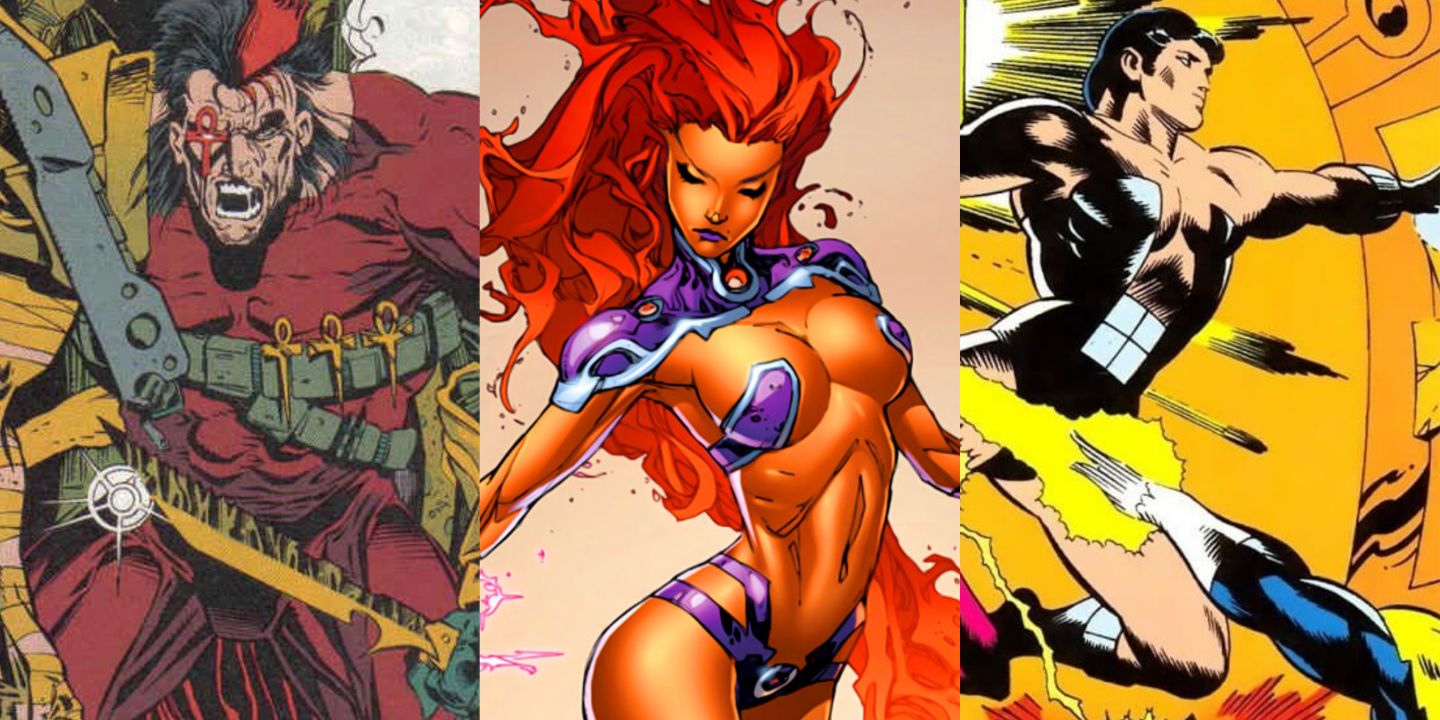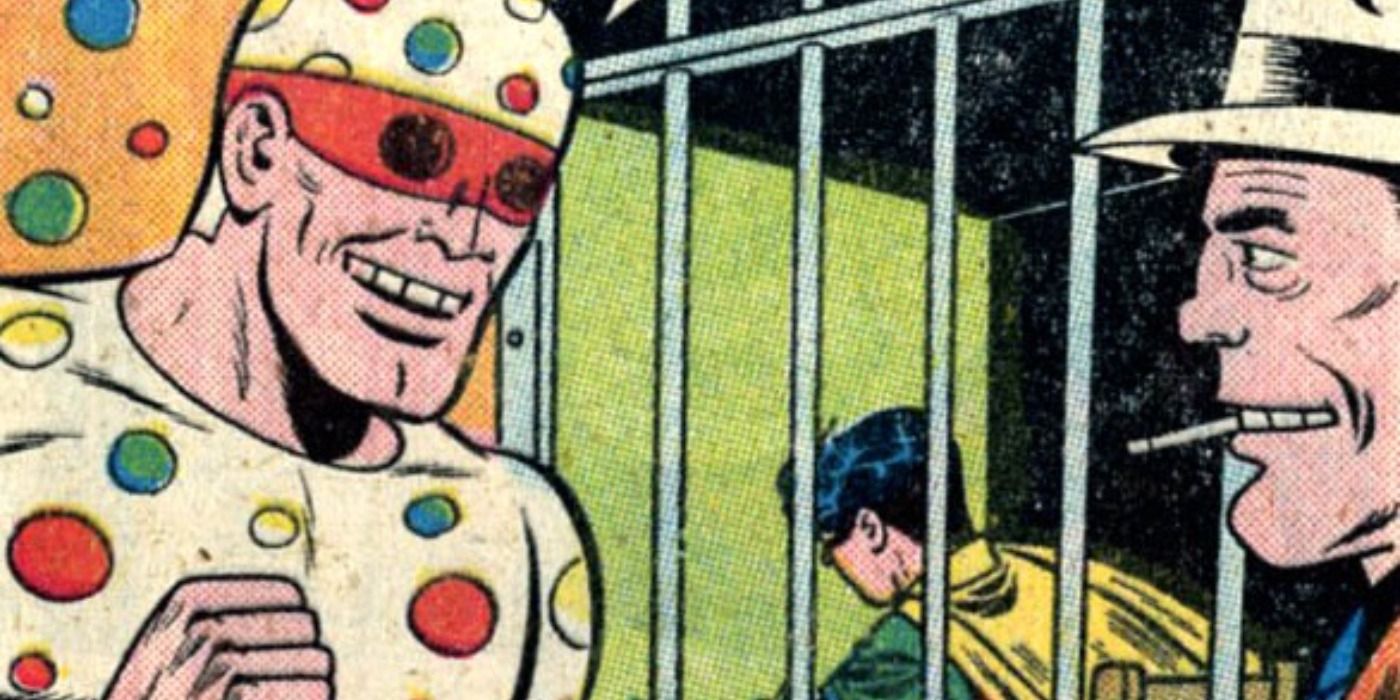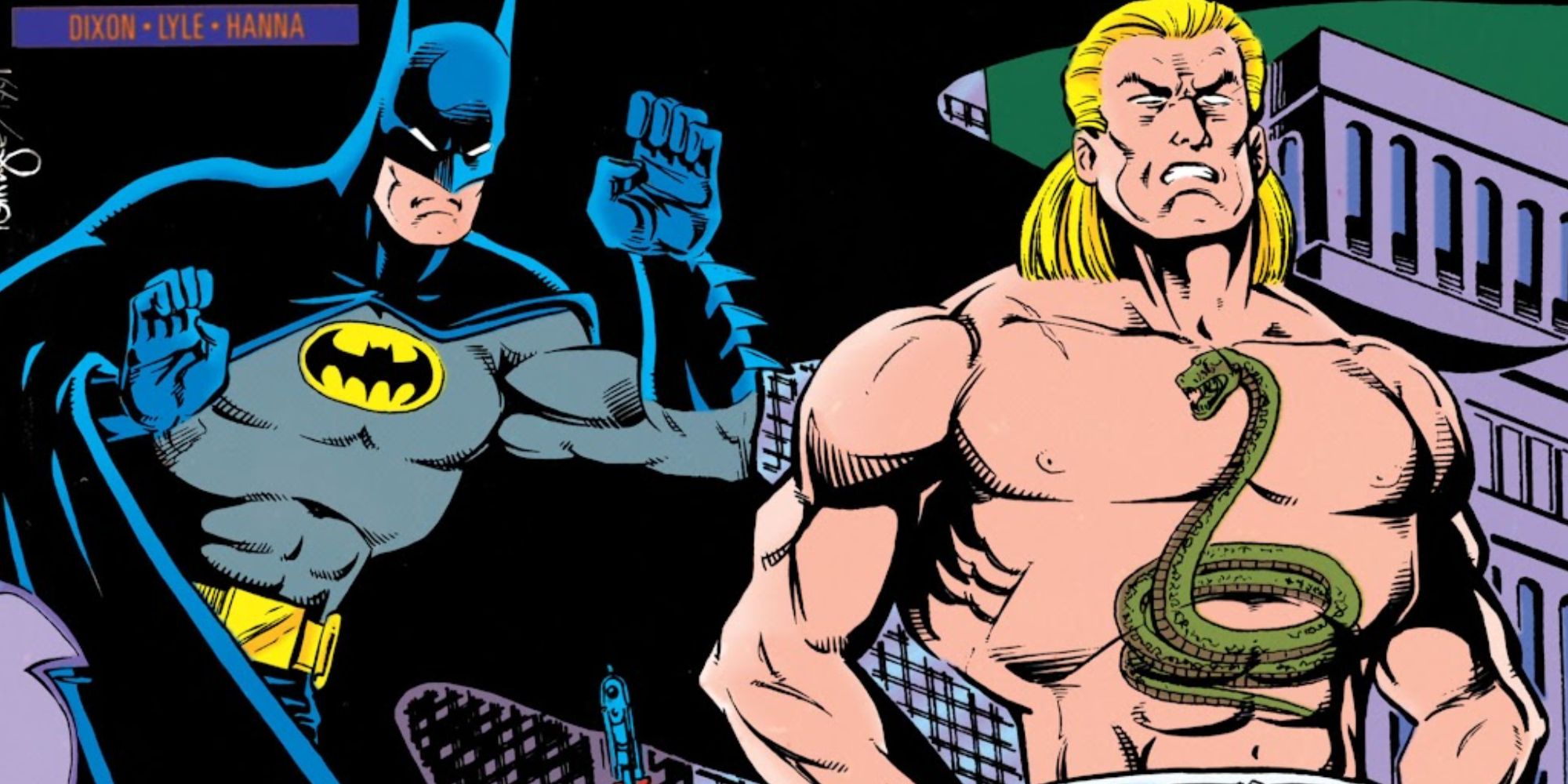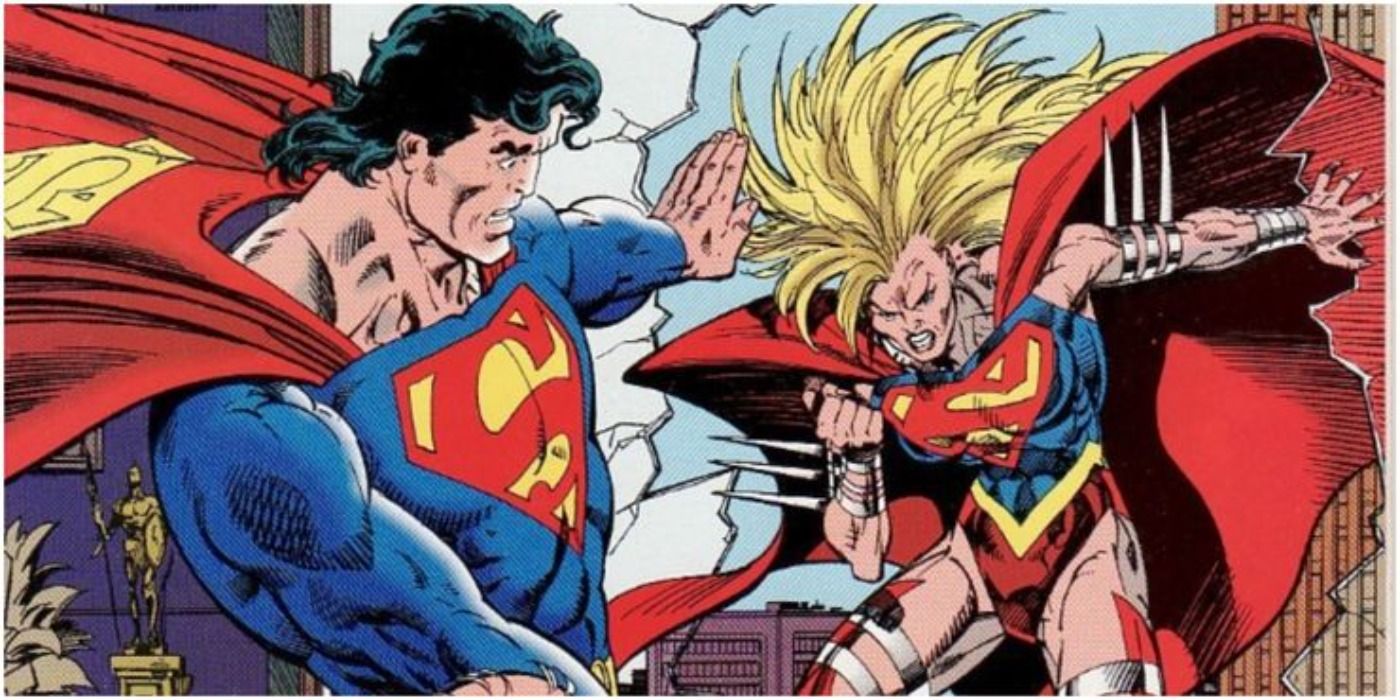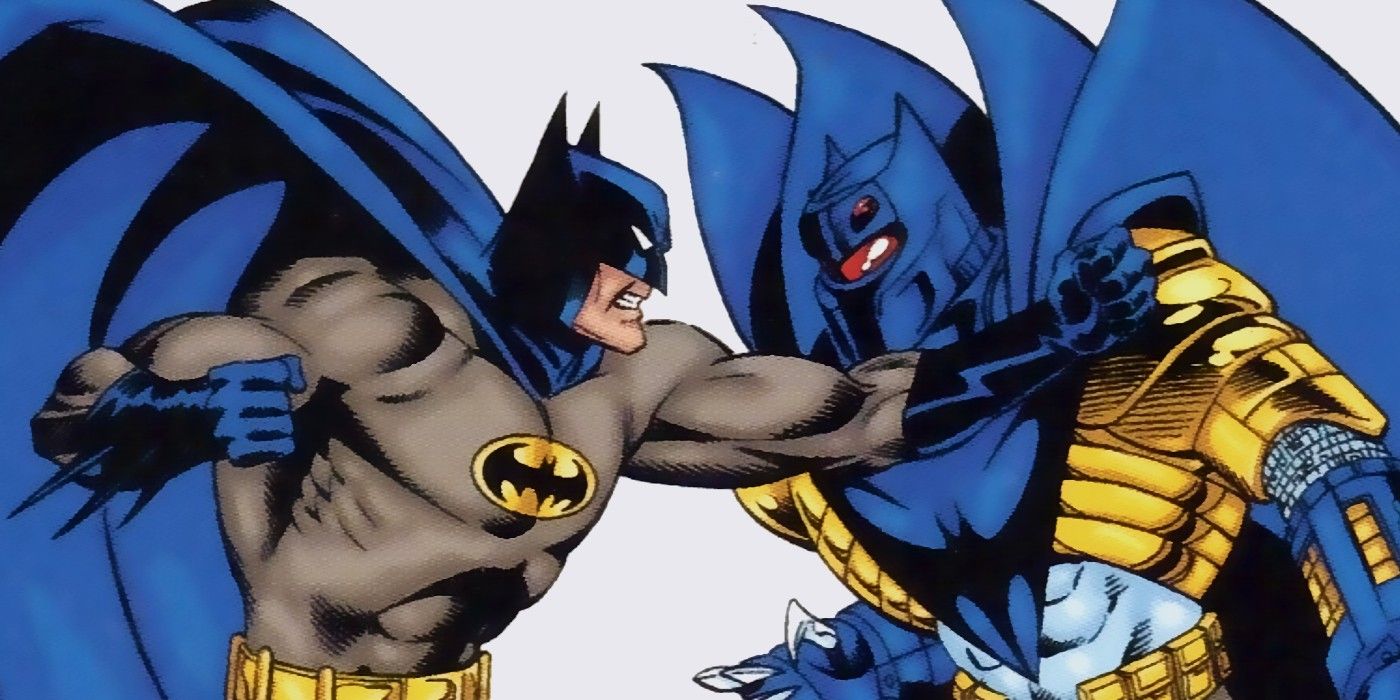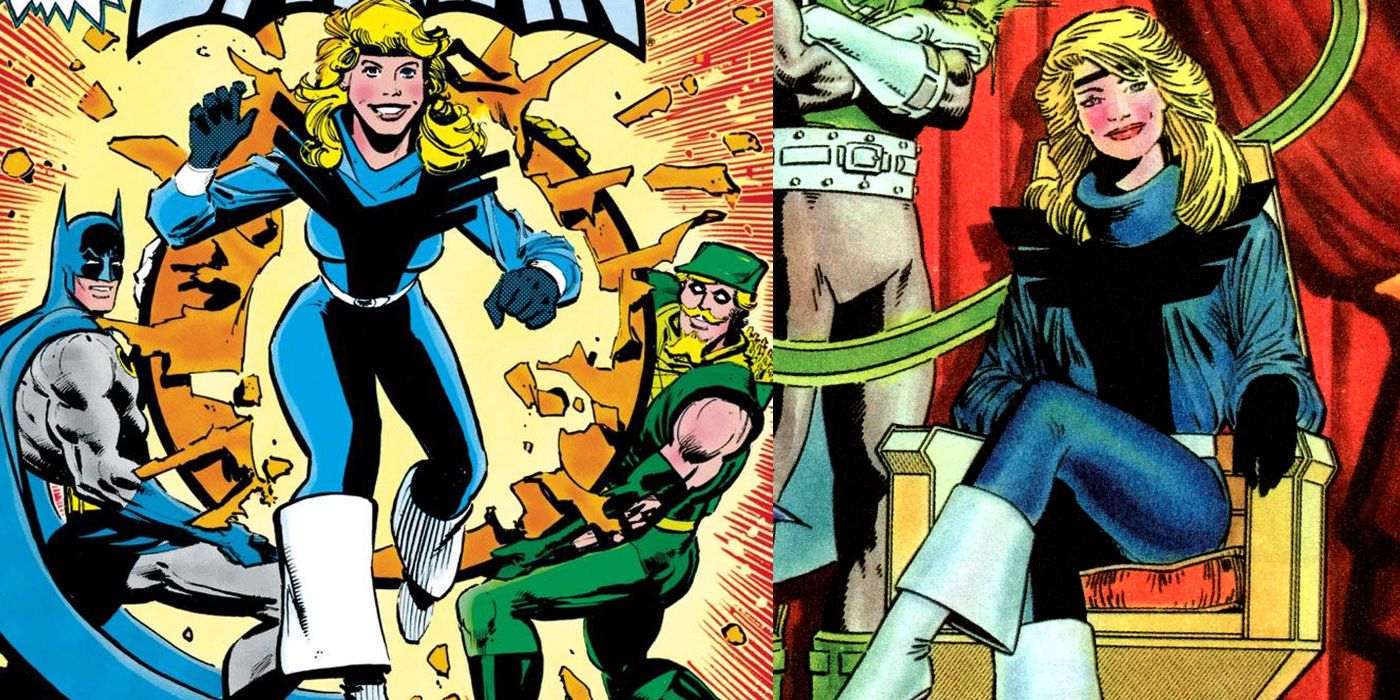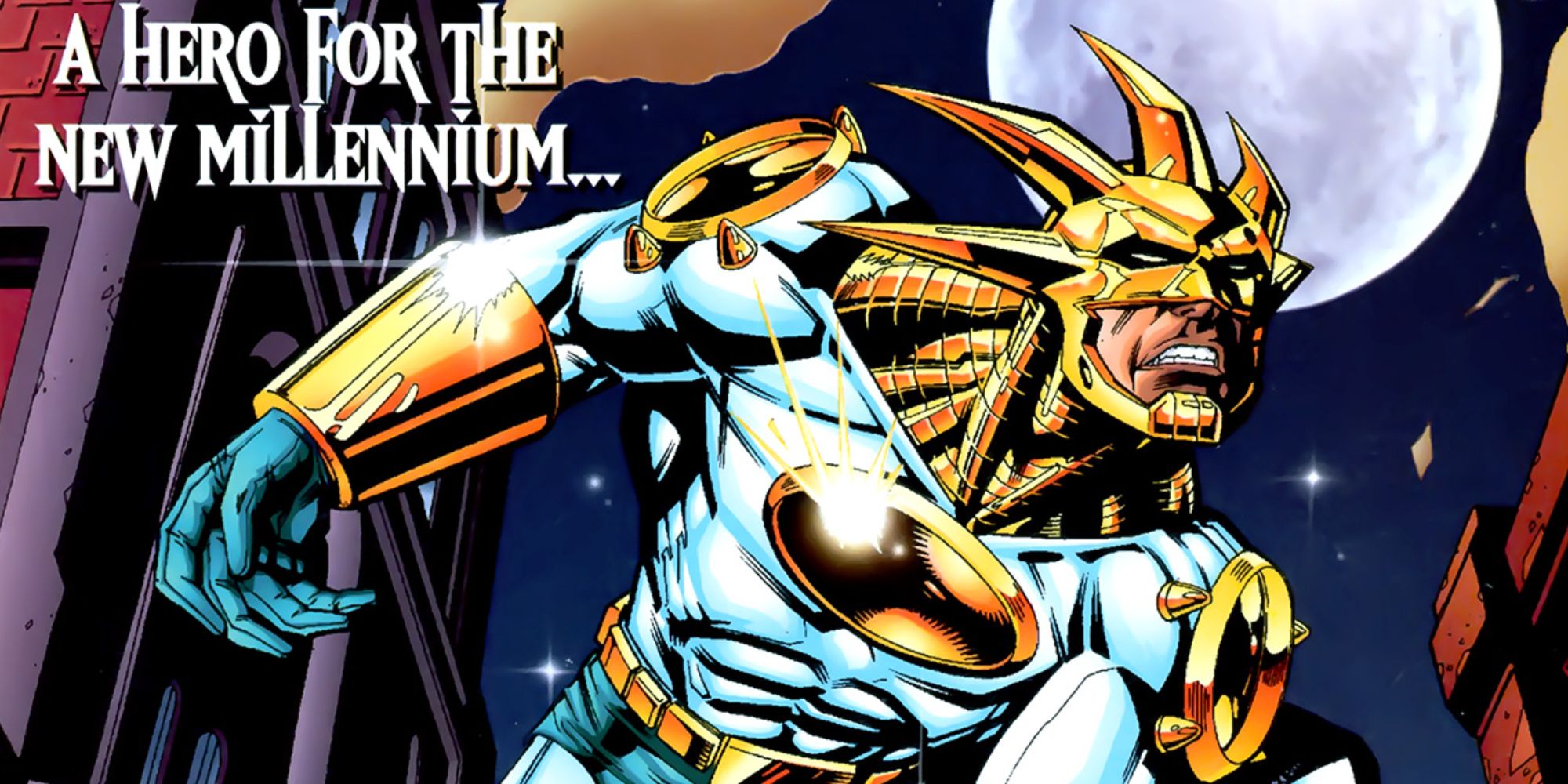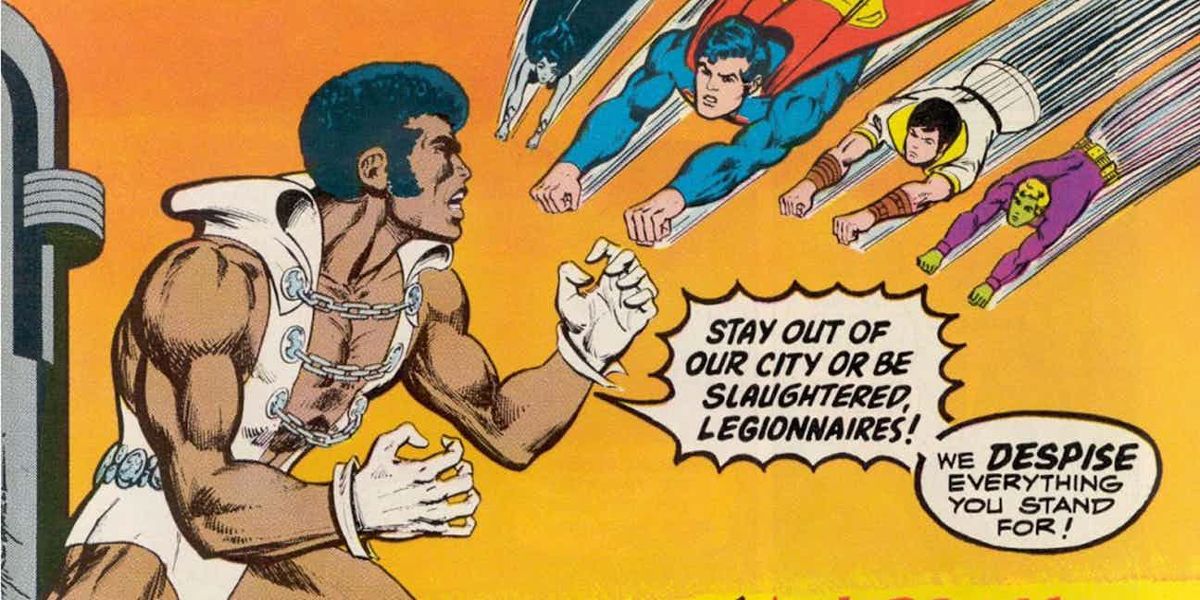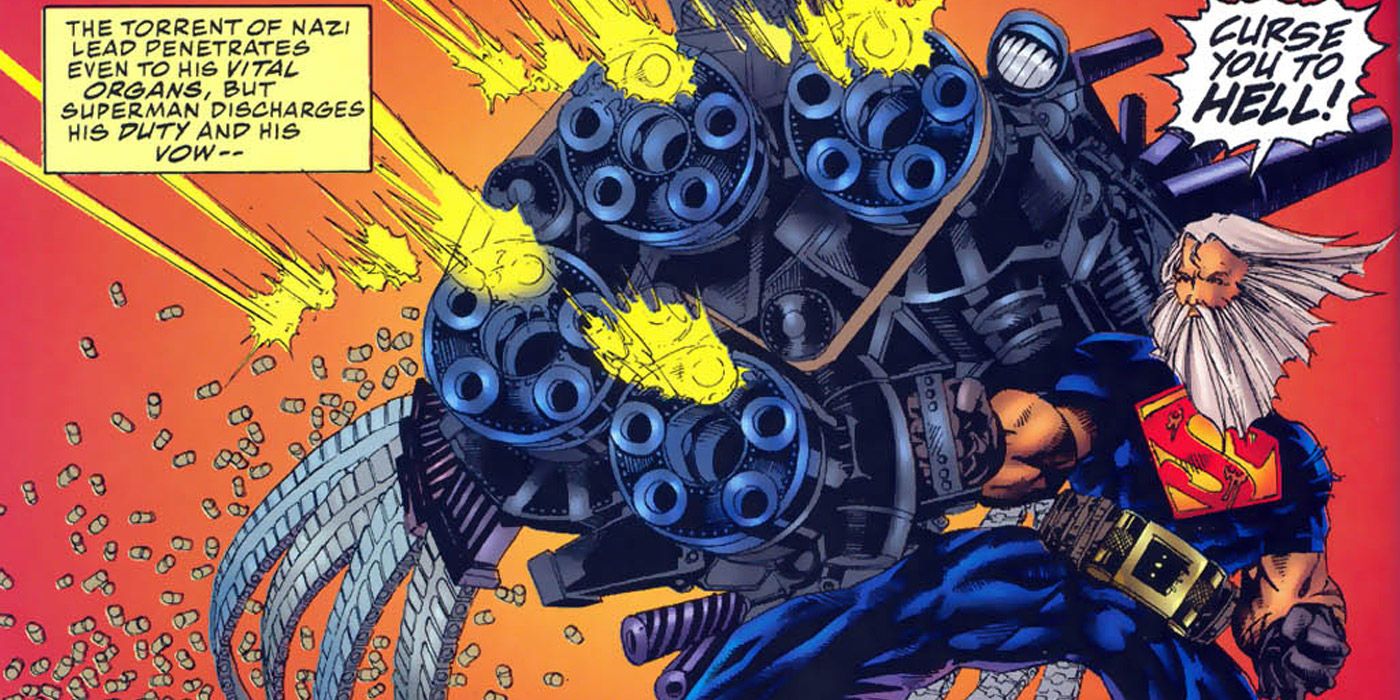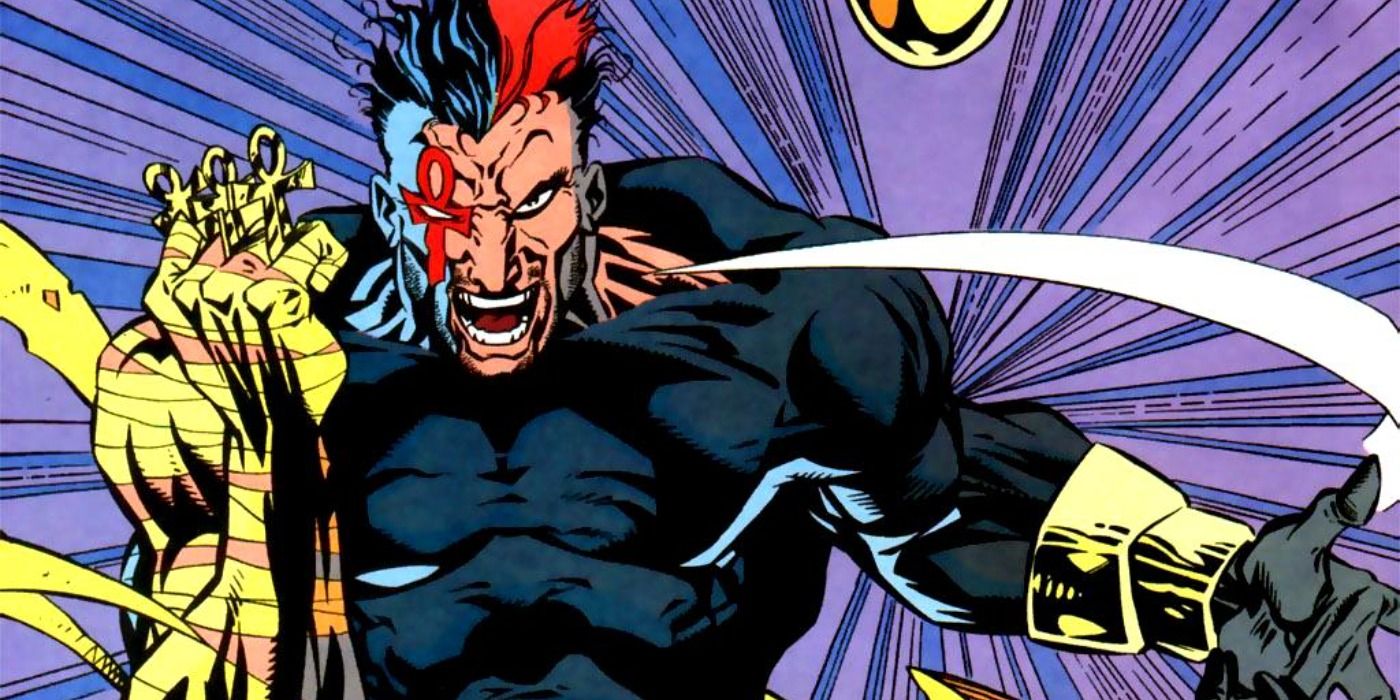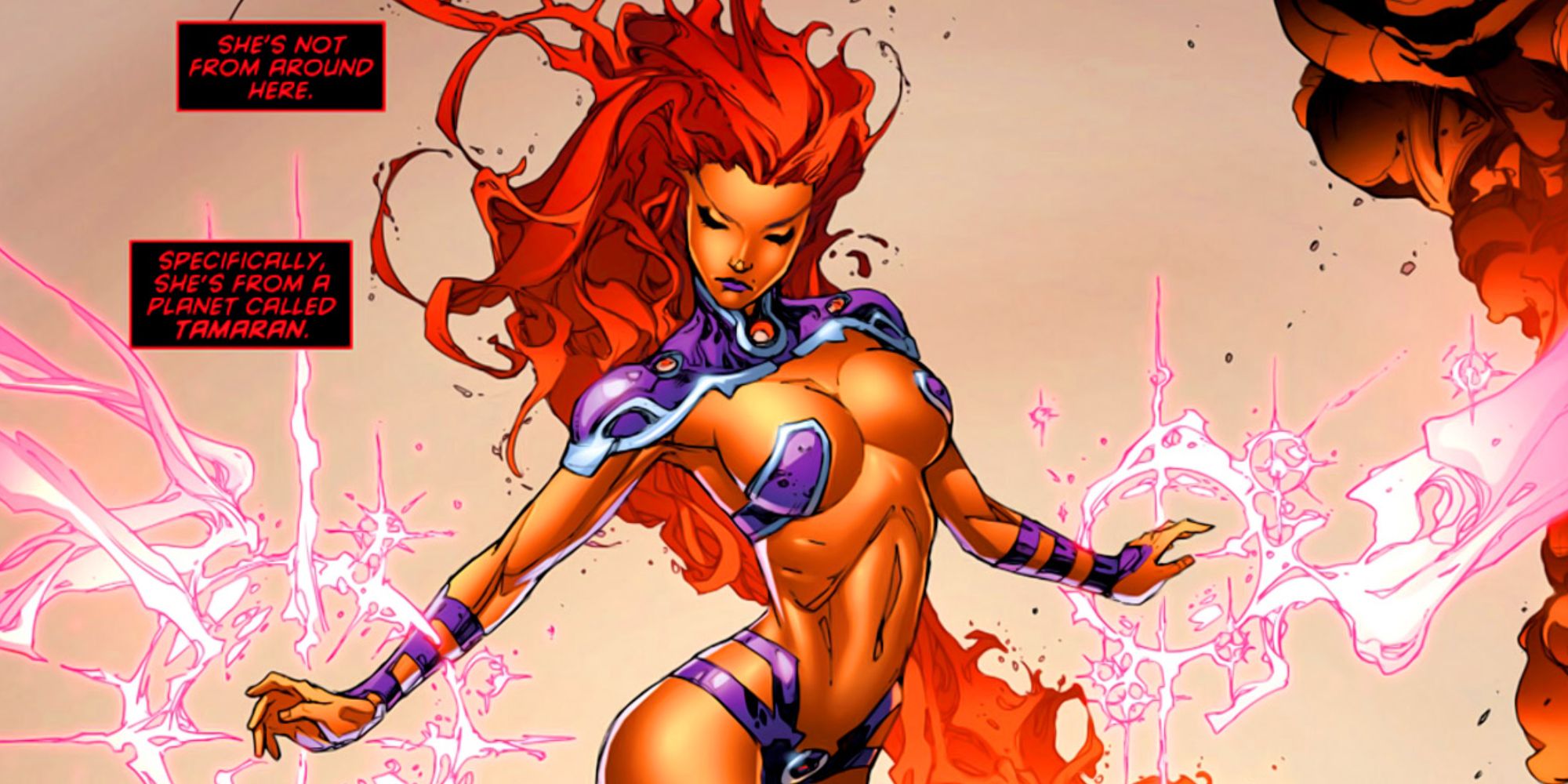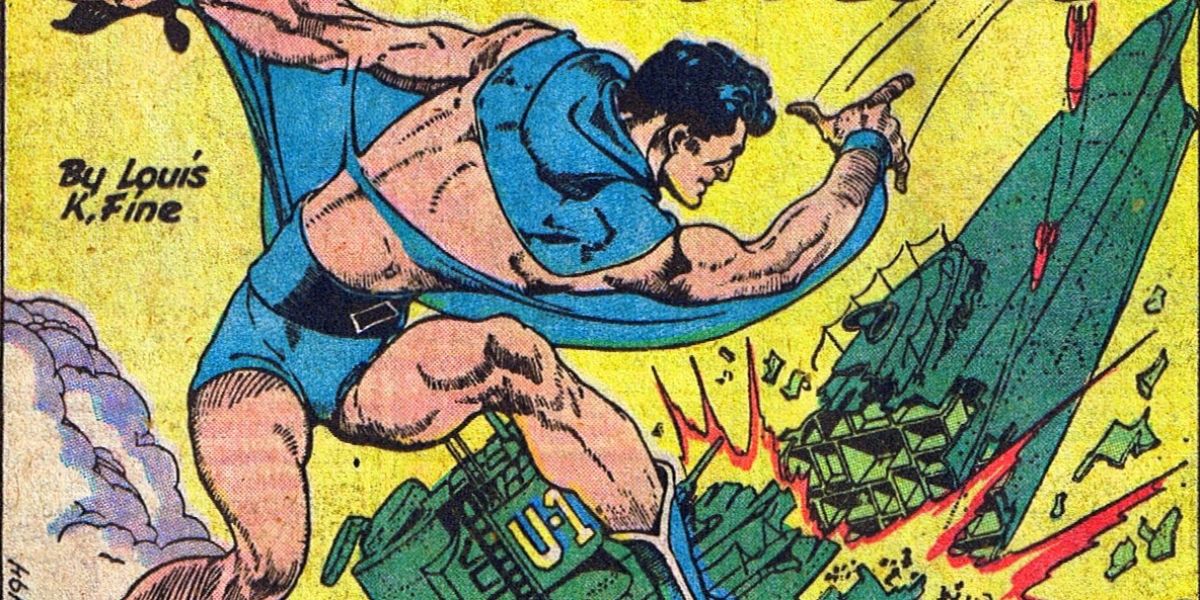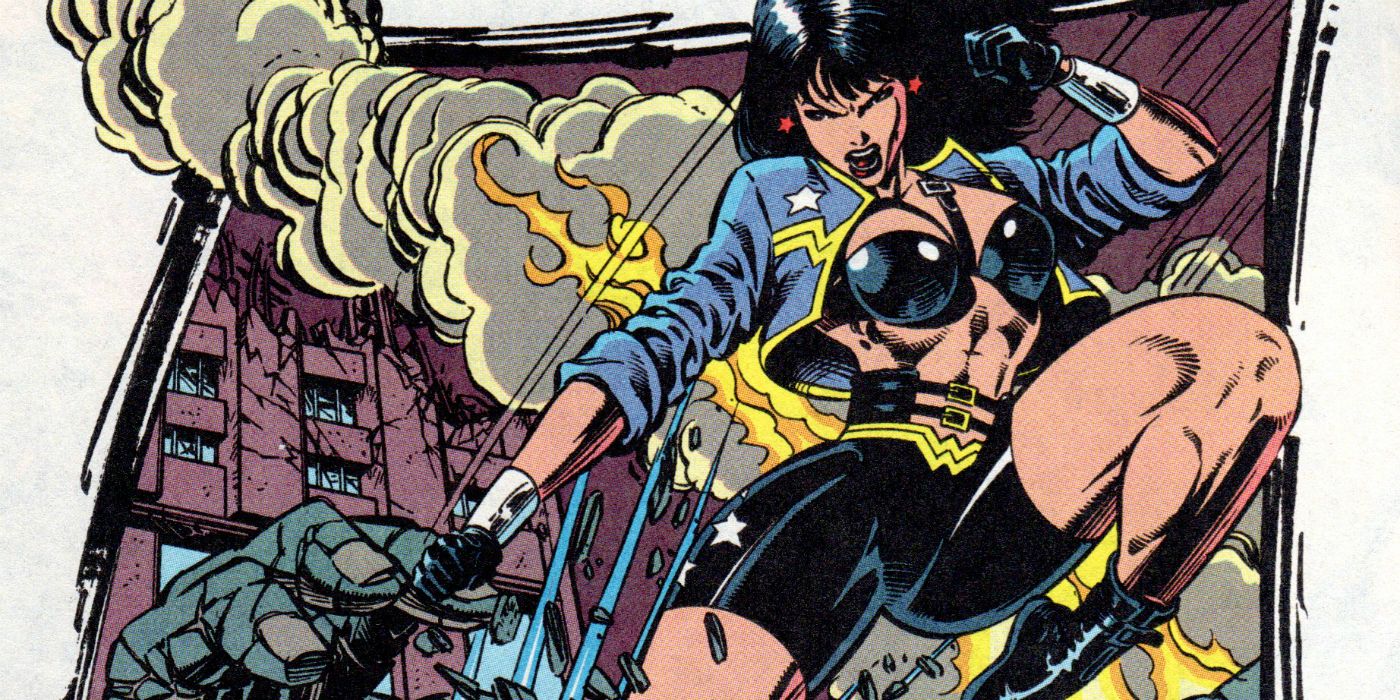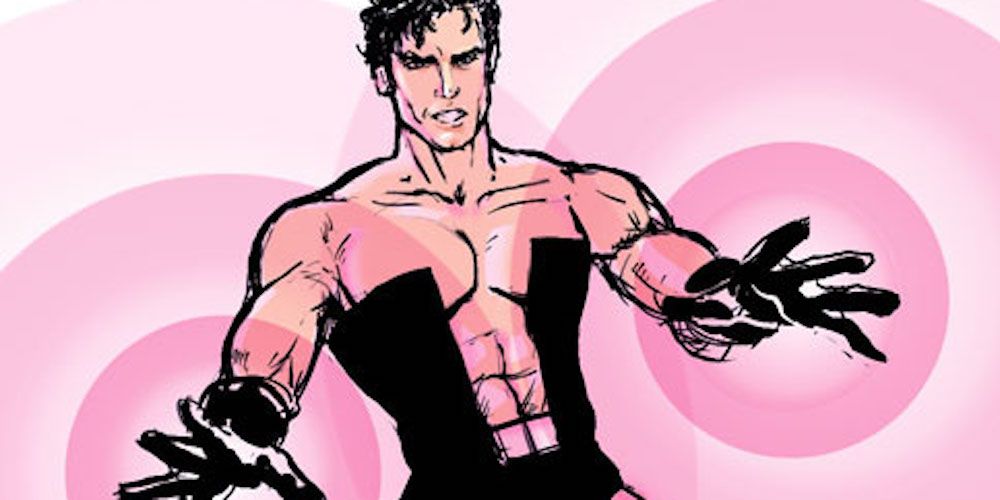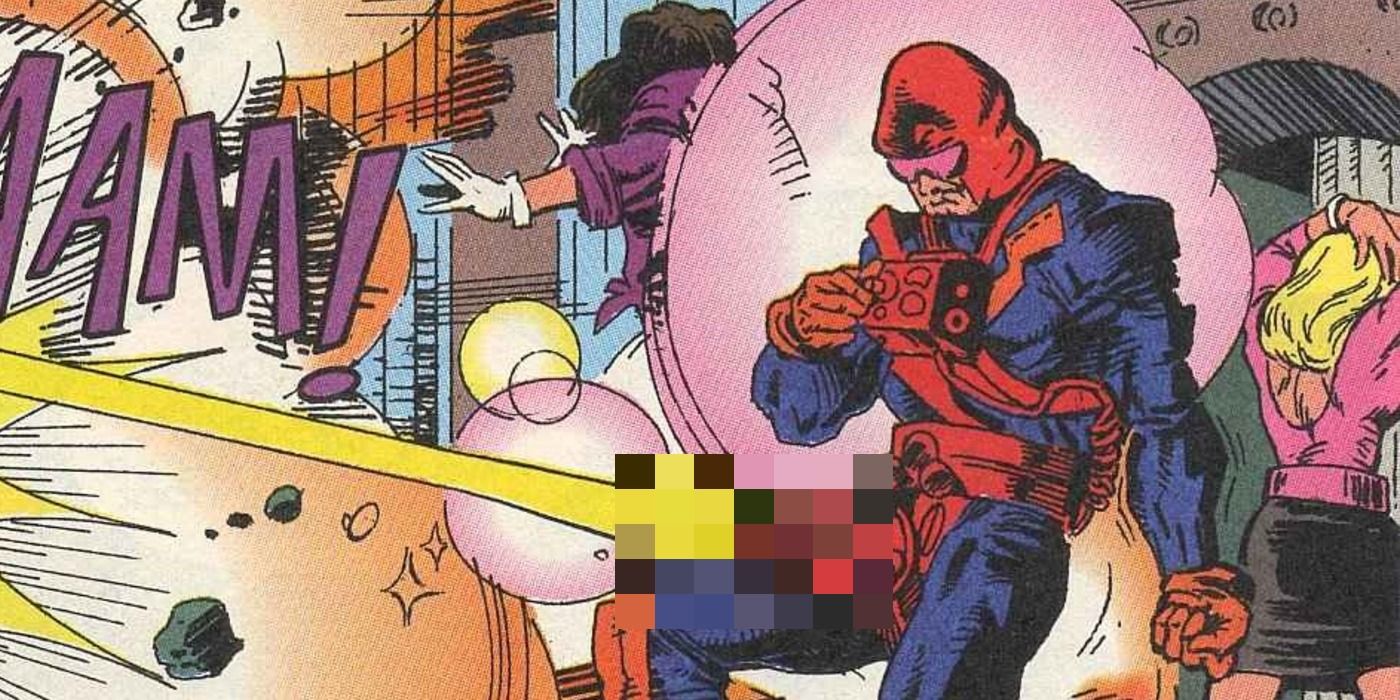Read update
- Black Adam arrives in theaters along with the Justice Society, introducing several distinctive characters into the DCEU. Doctor Fate and Hawkman wear iconic costumes, but they also evidence DC's more adventurous side when compared to Marvel. With looks that embrace their Golden Age roots, these characters reflect DC Comics' long history and fidelity to the classic superhero aesthetic. This aesthetic sometimes goes awry, as seen in several costumes from the Golden Age, Silver, and beyond. They all make for great fun though, and present great challenges for the DCEU in adapting these characters and unforgettable costumes into live-action.
The ongoing Hellfire Gala event in X-Men comics continues to produce outlandish and amazing superhero costumes. While some costumes revel in their audacity, others push things too far. DC Comics offends equally, unleashing some of the most outlandish costume designs of all time that fans have to see.
Some costumes reflect their era, either in excess or restraint, becoming instantly dated. A few possess their own inherent charm, translating their peculiarity into uniqueness that some recent comic book movies and television shows leverage to great effect. For fans who find the stranger the better, even more outlandish looks lurk in the comics.
Updated October 21, 2022 by Darby Harn:
Black Adam arrives in theaters along with the Justice Society, introducing several distinctive characters into the DCEU. Doctor Fate and Hawkman wear iconic costumes, but they also evidence DC's more adventurous side when compared to Marvel. With looks that embrace their Golden Age roots, these characters reflect DC Comics' long history and fidelity to the classic superhero aesthetic. This aesthetic sometimes goes awry, as seen in several costumes from the Golden Age, Silver, and beyond. They all make for great fun though, and present great challenges for the DCEU in adapting these characters and unforgettable costumes into live-action.
Polka-Dot Man
The Polka-Dot Man ranks with the most visually unique - and most laughable - Batman villains ever. Introduced in Detective Comics #300 in February 1962, Abner Krill embodies the colorful, silly Silver Age aesthetic in DC Comics. Polka-dots cover his costumes, which are in fact discs that somehow expand and become any number of objects, including a literal flying saucer.
The comics never fully explain the technology behind it, and the costume has never really changed, even as Krill makes his first live-action appearance in The Suicide Squad.
King Snake
King Snake likely charts with the best DC Comics martial artists, but his wardrobe leaves something to be desired. Sir Edmund Dorrance wears a typical costume for martial artists in the 1990s, which is perhaps the problem. Nothing stands out about it, with his costume really only the massive cobra tattoo on his torso.
King Snake debuted in Robin #1 in 1991 and plagued Batman for several years before dying in the early 2000s. He appears in other media, including animation, and could show up in live-action as well.
Supergirl (Killer Matrix)
Comic fans know that Supergirl wore a few different costumes over the years. Most follow the same basic formula, but in the 1990s, Supergirl got an extreme makeover. The Killer Matrix Supergirl featured outrageous spikes on her arms, which served no real practical purpose.
Her sleeveless tunic and random wrist and leg bands also proved characteristic of an era steeped in excess. Fans may forgive the outlandish costume considering this wasn't Kara Zor-El, who had perished years earlier in Crisis On Infinite Earths, but a self-aware proto-plasm that believed it was her.
Batman (Azrael)
Another 1990s makeover produced an equally extreme Batman. Azrael became a powerful Batman variant in Knightfall, the storyline where Bane broke Batman's back and Azrael stepped in. Azrael adopted an armored suit that pushed the Batman concept to its limits, with an exaggerated cape that owed a lot to Spawn.
The costume featured spikes on its gauntlets similar to Supergirl's, along with razor-sharp claws. Armored Bat-suits come and go in the comics, but this one remains emblematic of the 1990s where going over the top was expected.
Black Canary (1980s)
Black Canary wears numerous costumes in her film and TV appearances. So far, none replicate her most outlandish comic costumes. In the 1980s, Black Canary got a new black and blue jumpsuit, along with black wings that broadened over the shoulders. The costume had a vague ski suit quality about it, which is interesting, but it didn't really have anything to do with Black Canary.
It didn't last long and was so unpopular she even burned it on the cover of Action Comics Weekly #609. She went back to her classic look for the most part, which remains in the comics today.
Aztek
DC Comics billed Aztek as The Ultimate Man in his solo series, but his costume failed to live up to the hype. His white and gold armor embodied the anything-goes mentality from the 1990s, with a helmet featuring several protruding spikes and a neck that echoed design elements from characters like Cable and Magog from Kingdom Come.
Kingdom Come, among the best DC comic book series ever, highlighted the extreme nature of 1990s designs in characters like Magog, contrasting them against classic ones like Superman.
Tyroc
DC Comics likely intended Tyroc's one-piece to be fashion-forward in the Legion of Super-Heroes' 30th-century setting, but it became dated quickly. Tyroc's simple outfit emphasized his impressive physique, but the combination of the chains and a high, pointless collar clashed pretty hard.
The costume serves as a novelty now, and something like it might have a place in the purposely adventurous Hellfire Gala, but in the 1970s DC Universe, it was an instant relic.
Superman (At Earth's End)
Superman owns an all-time great superhero costume, essentially perfect from the start in Action Comics #1 in 1938. Variations exist throughout the comics and other media, but none more outlandish than the At World's End version. An older Kal-El finds himself armed with a gigantic gun, which is so big fans might not notice how dark and utilitarian his costume has become.
Superman gradually became grittier throughout the 1990s and 2000s, but this costume counts among the darkest Superman interpretations in the comics. This bled over into the movies, especially Man of Steel, with little success.
Doctor Fate (1990s)
Doctor Fate wears a modern take on his classic costume in Black Adam, showing the Golden Age version held lasting value. The 1990s saw costume updates for superheroes across the genre, with the era's extreme aesthetic affecting Doctor Fate as well, abandoning the iconic elements for 1990s tropes that didn't age well.
His ankh symbol became a tattoo over his eye, and his classic costume is replaced by random gold bandages and bracelets with no real coherence. Doctor Fate ranks high among the most powerful magic users in the DC Universe, but he was powerless against this.
Starfire
Comic book fans know Harley Quinn got a radical and controversial makeover with The New 52 reboot in 2011. The same happened to Starfire. The iconic Teen Titans member saw her purple costume wither beyond practicality or sense.
Sexuality and an appreciation for the body define superhero comics in many respects. Appreciation sometimes veers into strange places, not just for women but also for men in the comics.
Black Condor
Black Condor might truly fit in at the Hellfire Gala, with a design that pushed practicality to their limits. His unusual costume consists solely of a cape and trunks connected by a thin band of fabric over his bare chest.
The costume offered no protection from any injury, but perhaps it was influential. It preceded the similarly outlandish costumes Tyroc and other characters wore, including later Black Condor variants in DC Comics. Those versions maintained the design in some respects, though added black wings.
Wonder Woman (1990s)
Wonder Woman's costume remains as classic as Superman and Batman. But like them, she saw updates over the years. Diana got her most radical makeover in the 1990s. She lost all her recognizable design elements for a costume that consists of a short jacket and biker shorts.
This dark look proved typical for the era, and like many other redesigns for legacy characters, didn't really make sense for Wonder Woman. She went back to a more familiar look not long after.
Cosmic Boy (1970s)
This classic Legion of Super-Heroes character wore a pink and black costume for decades, with the black elements hugging his sides. In the late 1970s, his costume dwindled to just the black vest, leaving everything else exposed. He also wore knee-high boots and gloves that went almost to his elbow.
The costume seemed incredibly daring for the time, and while not at all practical, it's certainly among the most unique in comic book history. He reverted to his more traditional look in the early 1980s.
Codpiece
Codpiece begs questions. This character perhaps embodies the 1990s excesses more than any other thanks to his aggressive costume. His red and blue armor seems harmless enough, but the main feature descends into true outlandishness. He wears a cannon over his literal codpiece, which fires rockets, lasers, and more.
The character first appeared in Doom Patrol #70 in 1993 and like many elements in the comic, satirized the superhero genre. This costume certainly proved unique, however. Despite the inherent silliness in the costume, Codpiece likely fits in with the zanier DCEU movies and shows from recent years, like Peacemaker.

